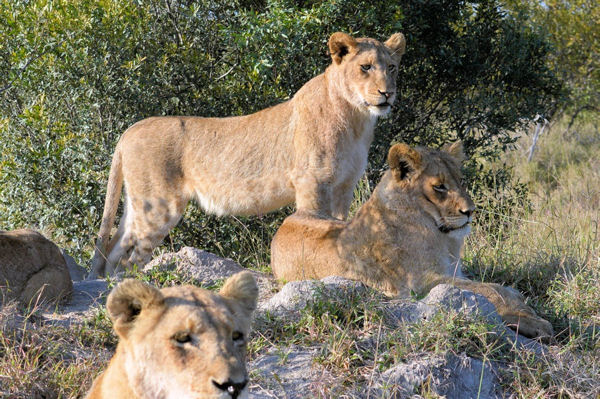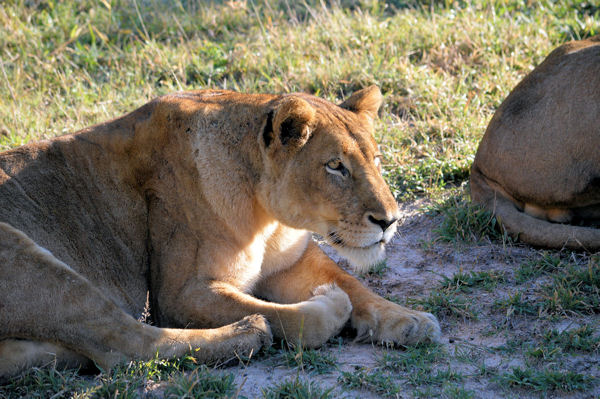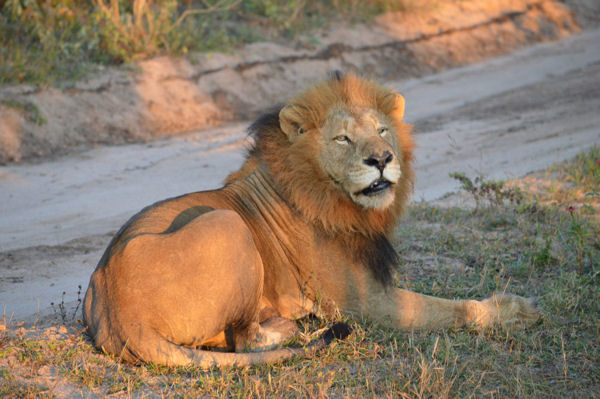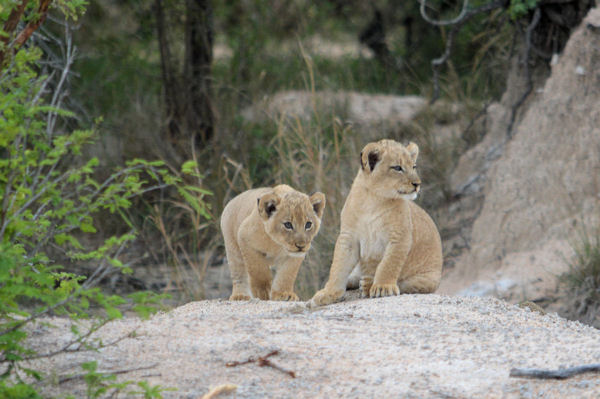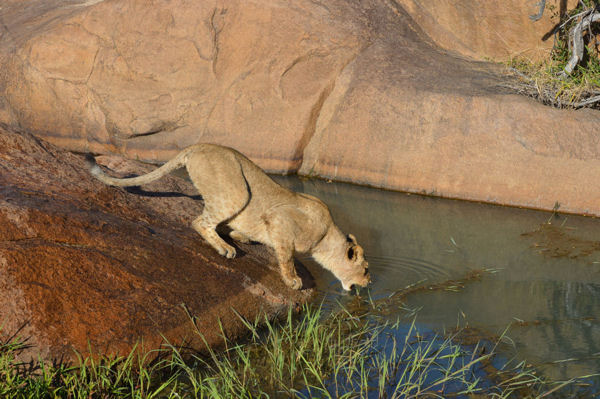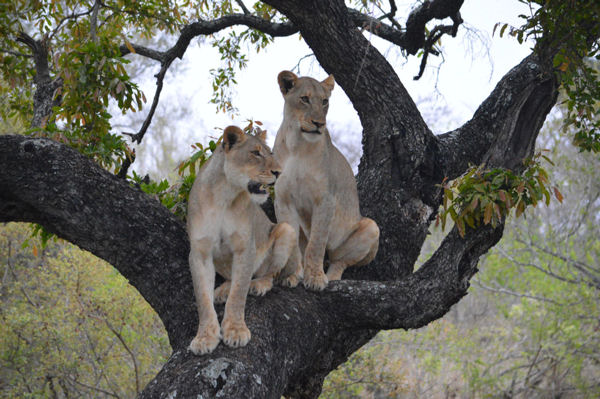IUCN Category:

VULNERABLE
A2abcd
Species Name (Common):
African Lion
Species Name (Scientific):
Panthera leo
African Lions are among the most iconic and revered animals, playing crucial roles in their ecosystems and human culture.
Habitat Type:
Forest, Savanna, Shrubland, Grassland, Desert
Geographic Range:

Range:
African lions primarily inhabit sub-Saharan Africa, living in various environments, including savannas, grasslands, and open woodlands.
Estimated population of mature individuals:
23,000
Some sub-populations are considered Critically Endangered. (West Africa)
Population Trend:
Decreasing
Primary Threats:
Humans – most important are indiscriminate, retaliatory or pre-emptive killing in perceived defence of human life and livestock, habitat loss, prey base depletion, trophy hunting, population fragmentation, encroaching agriculture and livestock. Also important is prey loss to poaching and bushmeat trade, the trade in lion bones and other body parts for traditional medicine, both within Africa and in Asia.
Conservation Efforts:
Key conservation efforts include effective protected area management including funding, mitigating anthropogenic causes of mortality such as lion-human conflict, poaching, trophy hunting, and snaring, whilst reducing or mitigating the negative effects of armed conflict.
The African Lion is a large, powerful carnivorous mammal and a member of the Felidae family.
Here are key characteristics and details of the African Lion:
Physical Description
Size and Weight:
Male lions are typically larger than females, weighing between 330 and 570 pounds (150-260 kg) and measuring up to 10 feet (3 meters) in length, including the tail.
Females usually weigh between 260 and 400 pounds (120-180 kg) and measure up to 9 feet (2.7 meters) in length.
Mane:
Males are distinguished by their manes, which range in colour from blonde to black and provide the illusion of greater size. The mane also serves to protect the neck during fights.
Coat:
Both sexes have a short, tawny coat, providing camouflage in their savanna habitats.
Cubs are born with spots that fade as they mature.
Tail:
They have a tufted tail that helps with balance and communication.
Behaviour and Social Structure
Territory:
They live in prides that can range from a few to over 30 individuals, consisting of related females, their offspring, and a small number of sub-adult or adult males.
Prides:
Lions are unique among big cats for their social structure. Prides are matriarchal, with females typically remaining in their birth pride for life, while males leave upon maturity.
Hunting:
Female lions do most of the hunting, often working cooperatively to take down large prey such as zebras, wildebeests, and buffaloes. Males defend the pride’s territory and help with larger kills.
Lions are predominantly nocturnal hunters and will sleep an average of 15-20 hours a day; to rest and digest, as they can eat up to 40kg of meat in a single meal.
They have a well-developed sense of hearing, which is enhanced by movable ears that can adjust to the direction of a sound. A lion can hear prey up to a mile away.
In combination with their hearing, their eyesight, some 6-8 times more sensitive to light than a human’s eyes, gives them an advantage as their night vision is far better than that of some of their prey.
Communication:
Lions communicate through a range of vocalizations, the most recognizable of which are roars, which can be heard up to 5 miles (8 km) away.
They also communicate through scent markings and body language.
Breeding & Cub Rearing:
There is no specific breeding season for lions; mating occurs throughout the year. Females have a gestation period of about 110 days, typically giving birth to 1-4 cubs.
Cubs are born blind and helpless, relying entirely on their mother and other pride members for nourishment and protection. They are introduced to the pride at around 6-8 weeks old.
Lifespan
In the wild, female African Lions can live 15–16 years, males around 8–10 years.
Other Vulnerable species that need your help …

